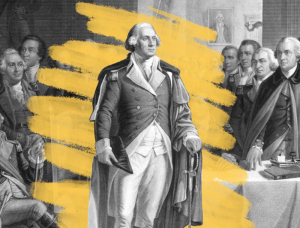Post offices used to double as banks.
Amid the labor upheavals of the late 19th century, many workers had a distrust of for-profit banks. Labor groups such as the Knights of Labor and the National Grange lobbied for an alternative place for everyday Americans to place their savings. The request only became more urgent after the financial crisis known as the Panic of 1907. As a result, American post offices doubled as savings banks for more than 50 years.
In 1910, despite heavy opposition from bankers, Congress passed the Postal Savings Bank Act, allowing the United States Postal Service to manage small savings accounts. This wasn’t without precedent: Great Britain established its own extremely popular postal savings system back in 1861, and many other countries followed suit.
The United States’ program was modest, and when it went into effect in 1911, individual accounts couldn’t be larger than $500 (roughly $16,000 today), although the cap was raised in 1918 to $2,500 (around $57,000 today). Postal savings were popular among recent immigrants and miners at first, and they became more broadly used during the Great Depression. More than 9,000 banks failed in the economic crisis, and postal savings account deposits more than quintupled, from $164 million to $902 million. The service remained widely utilized even after New Deal bank bailouts; a collective $3.4 billion was held in postal savings accounts by 1947.
In 1966, despite a million active postal savings accounts, Congress voted to dissolve the program after successful lobbying by the banking industry. At the time, preserving postal savings accounts was no longer a priority for labor groups, so the Postal Service went back to only handling mail.







